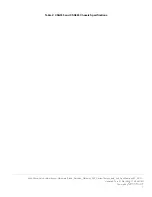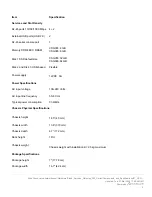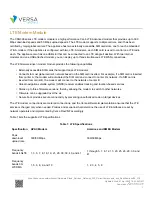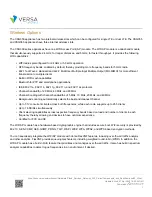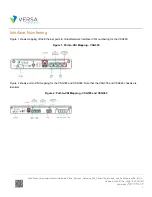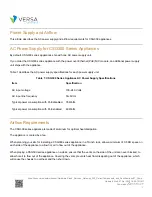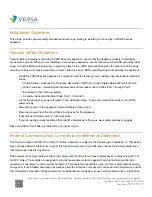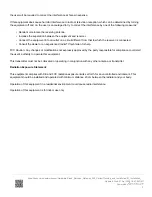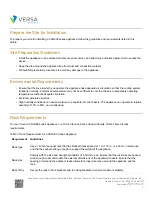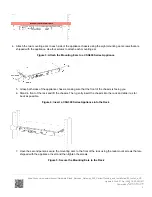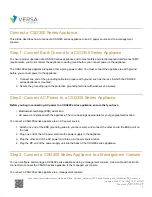
Installation Guidelines
This article provides general safety standards and warnings relating to installing or connecting a CSG300 series
appliance.
General Safety Guidelines
Caution: Before installing or removing a CSG300 series appliance, ensure that the appliance chassis is electrically
connected to ground. When you are installing or removing an appliance, ensure that you wear an ESD grounding wrist
strap. To put the ESD grounding strap on properly, attach it to an ESD point and then place the other end of the strap
around your bare wrist, making good skin contact. Failure to use an ESD grounding strap could damage the appliance.
• Install the CSG300 series appliance in compliance with the following local, national, and international electrical
codes:
• United States—National Fire Protection Association (NFPA 70), United States National Electrical Code.
• Other countries—International Electromechanical Commission (IEC) 60364, Part 1 through Part 7.
• Evaluated to the TN power system.
• Canada—Canadian Electrical Code, Part 1, CSA C22.1.
• Locate the emergency power-off switch in the installation area. In case of an electrical accident, turn off the
power quickly.
• Disconnect power to the appliance before installing or removing it.
• Disconnect power from the circuit that is being used for the appliance.
• If hazardous conditions exist, do not work alone.
• If you are working under conditions that might be hazardous to the eyes, wear safety glasses or goggles.
Risk of explosion if the battery is replaced by an incorrect type.
Federal Communication Commission Interference Statement
This device complies with Part 15 of the FCC Rules. Operation is subject to the following two conditions: (1) This device
may not cause harmful interference, and (2) this device must accept any interference received, including interference
that may cause undesired operation.
This equipment has been tested and found to comply with the limits for a Class A digital device, pursuant to part 15 of
the FCC Rules. These limits are designed to provide reasonable protection against harmful interference when the
equipment is operated in a commercial environment. This equipment generates, uses, and can radiate radio frequency
energy and, if not installed and used in accordance with the instruction manual, may cause harmful interference to radio
communications. Operation of this equipment in a residential area is likely to cause harmful interference in which case
Updated: Wed, 01 Apr 2020 18:57:04 GMT
Powered by
1


